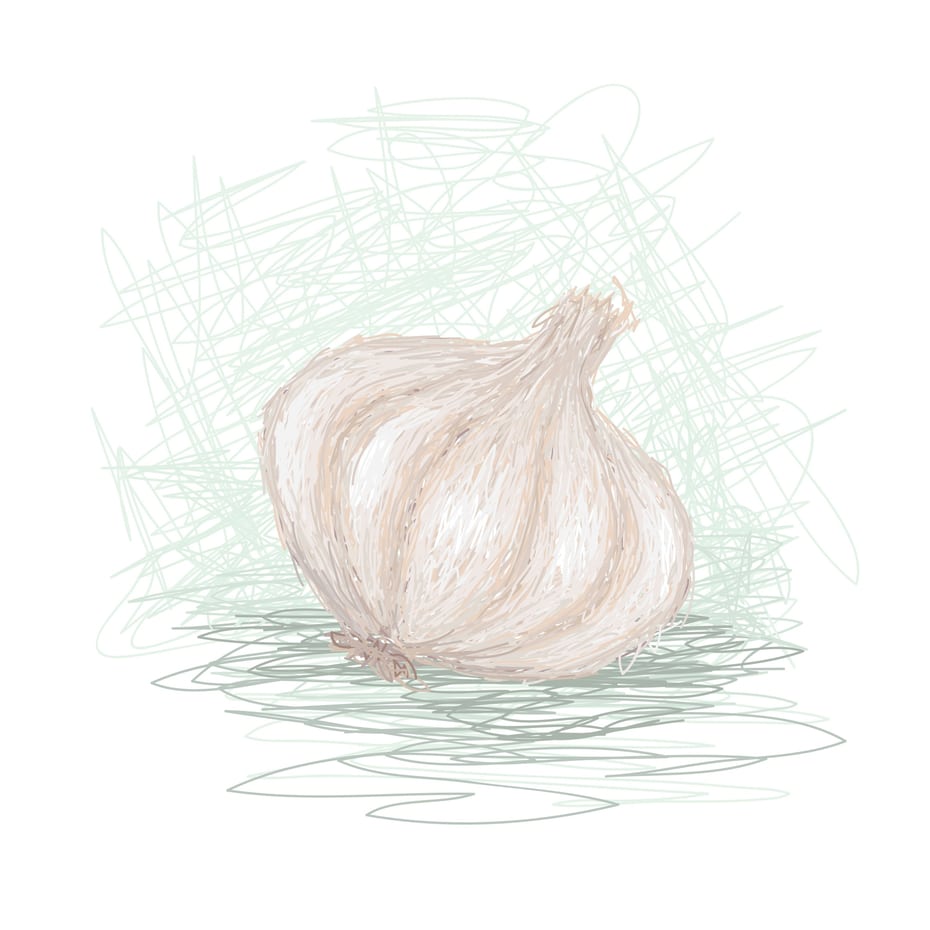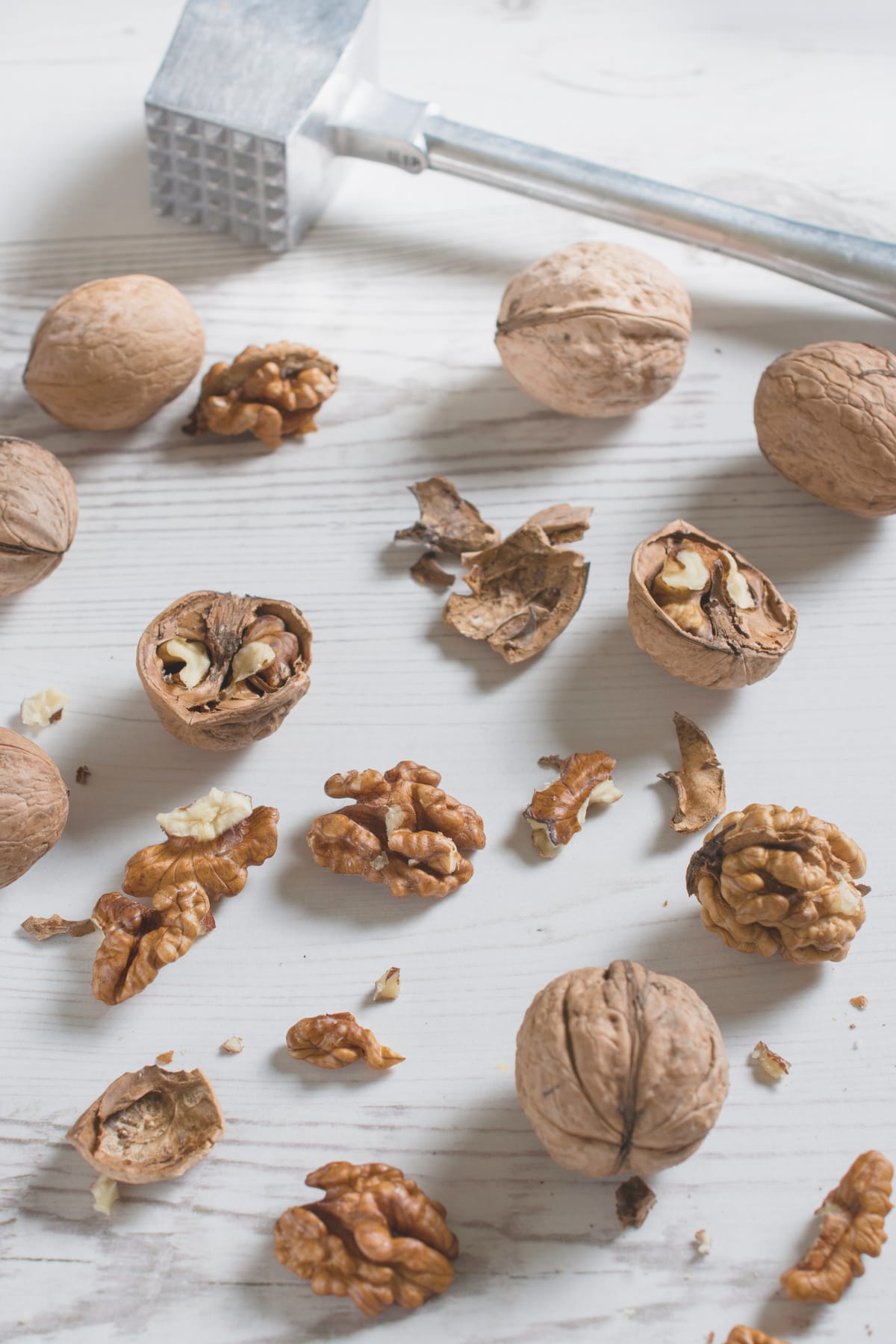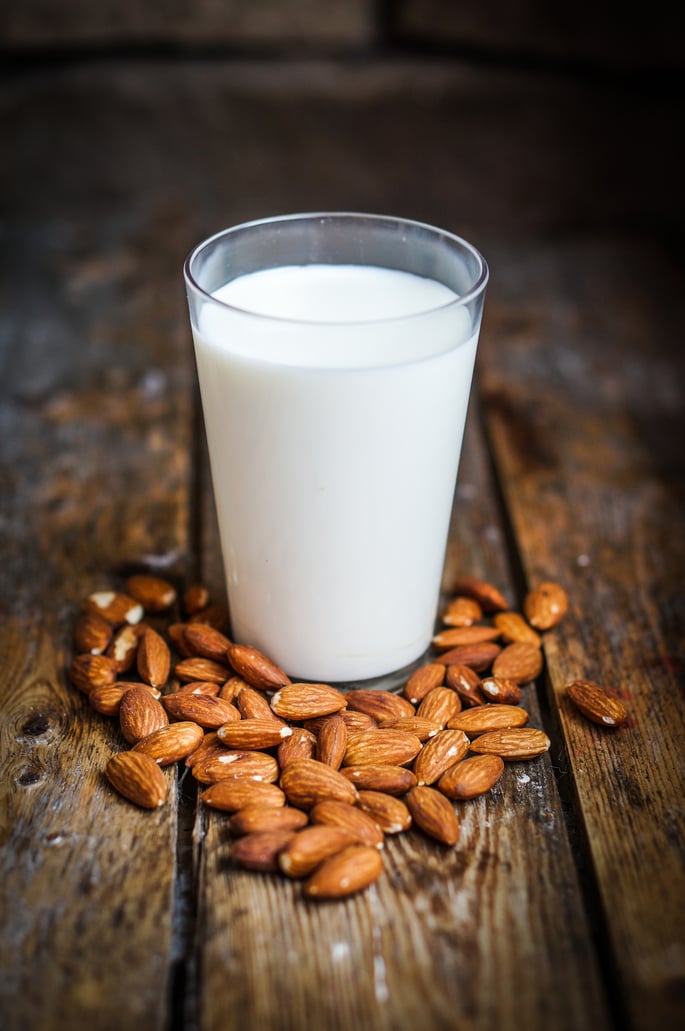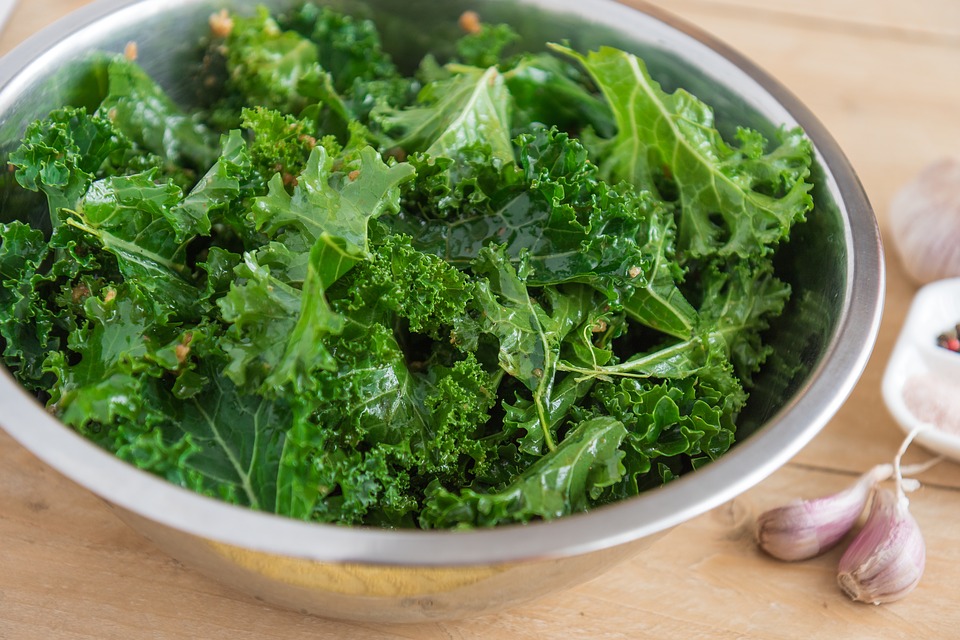Disclosure: This article may contain affiliate links. If you decide to make a purchase, I may make a small commission at no extra cost to you.
Garlic is known to be one of the best remedies to help prevent and treat a sore throat. I’ll show you how you can use garlic so you can make a fast recovery!
Viral and bacterial infections are often one of the most common causes of a sore throat, but allergies, smoke, and even talking too much can be very irritating and painful too.

Consuming raw garlic with your meals may be able to help reduce inflammation and help a sore throat, but there are better ways to use it to make it even more effective. In this article, I’ll show you four ways you can use the ingredient.
Best ways to use garlic for a sore throat
The problem with just adding garlic to our meals is the instability of the powerful organosulfur compound called allicin. When you crush the little cloves, you get a reaction between alliin and alliinase, and this creates allicin.
This process can take several minutes, but because allicin is so unstable, you need to consume the garlic in a short period of time while it retains its potency. Of course, there are stabilized garlic supplements available that contain allisure (proven effective in preventing colds), but you also want the garlic to have direct contact with the bacteria or viruses.
Garlic can also cause chemical burns, so it’s important that you avoid this from happening. I’ve heard terrible stories from people who used garlic on their skin and ended up with a serious burn.
Before looking at the many ways you can use garlic to get over a sore throat, look at the amazing results from a study done using garlic supplements containing allicin. Garlic was incredibly effective at preventing colds.
Results from a 2001 garlic supplement vs cold study [1]:
- Garlic group developed 24 colds vs 65 colds for the placebo group.
- Garlic group was sick for 111 days vs 366 days for the placebo group.
- Garlic group recovered in 1.5 days vs 5 days for the placebo group.
1. Garlic and Manuka Honey Mix
Using garlic and honey is a powerful combination because they both possess antimicrobial properties. While the honey is able to coat the throat helping soothe the inflammation and act as an anti-inflammatory, the garlic acts as a potent antimicrobial and mixes well with the honey.
This is my favorite and easiest way to deal with a sore throat that I feel coming on!
If you don’t already have some Manuka Honey at home, I recommend trying this one because of its high strength. They also have a lower strength option as well, which is a bit cheaper.
To get help relief from a sore throat, follow the steps below:
- Peel and crush between 2-4 cloves of garlic by using garlic crusher.
- Throw the crushed garlic into a bowl.
- Take around 1 tablespoon of Manuka honey (the higher the UMF the better), and mix with the crushed garlic cloves in the bowl.
- Leave the mix for about 5 minutes to allow the allicin to be released.
- You may eat this as it is or better still, just make some toast, drizzle a tablespoon of olive oil on the toast and then spread the garlic and honey mix across the bread. As garlic can be quite potent and difficult to consume by itself, consuming it with some food will be easier on the mouth and stomach.
Note: I’ve heard many people say that you should leave the mix in a container overnight, but doing this would cause the garlic to lose its potency and not be as effective. For vegans who also avoid honey (I know it’s controversial), you may simply mix the garlic with olive oil.
If your sore throat is caused by a cold, then you will need to use this method at the first sign of the cold: usually, it starts with a scratchy throat. Once the virus has established itself, this remedy will be less effective or may not work at all.
2. Garlic tea with ginger, lemon, and honey
Sipping a warm cuppa can help soothe your sore throat. It’s my second favorite way to help ease a sore throat when I have one.
Follow the steps below on how to use garlic in tea for a sore throat.
- Get a saucepan and put around 3-4 cups of water in there.
- Add 3-5 cloves of freshly crushed garlic or just slice them in half.
- Bring the water to a boil.
- Once it is boiling, lower to simmer, and then add ginger, 3-4 tablespoons of honey, 1/2 cup of freshly squeezed lemon juice.
- You may also add matcha green tea powder which will boost the antiviral, antibacterial, anti-inflammatory properties of the tea. Green tea also helps reduce the smell of garlic breath.
Drink this throughout your day to help prevent and relieve a sore throat that is caused by either an infection or allergy.
3. Licorice Root and Garlic tea
Licorice root is great to use with garlic because of its ability to soothe the stomach and help prevent the irritating effects of garlic on the stomach. Licorice is also often used in cough mixtures and alternative cough medicines to help soothe a sore throat and tickly cough.
You can simply buy licorice tea from the store (they are often found in many supermarkets) or you can make your own licorice and garlic tea.
If you want to make your own licorice tea, follow the steps below.
- Pour around 4 – 6 ounces of water into a saucepan.
- Add crushed garlic to the saucepan.
- Throw about 1 teaspoon of licorice root powder and stir heat up slowly.
- Once boiling, turn off and leave the ingredients to steep in the water for a few minutes until warm.
- Once warm, you may then add honey if you wish to help thicken up the mix.
- Use a strainer to pour into the cup.
- Enjoy!
4. Chewing raw garlic
One of the ways used by many people to help cure a sore throat is to simply chew the garlic. As you chew the garlic, you will cause the garlic compartments to release the enzyme to create allicin while in the mouth. Depending on much you chew, this will slowly release the allicin over time.
This is my least favorite way of using garlic to help a sore throat, but one that I see a lot of people teaching. There are a few risks using this method as well. Things you need to be careful of include burns to the gums and throat, accidental choking, and even vomiting due to the potency of the garlic.
I wouldn’t recommend this method for dealing with a sore throat.
Important!
Garlic can be used to help prevent and heal sore throats but it should be not be used instead of antibiotics when they are needed. For example, if you suspect you are suffering from strep throat or an abscess that may block airflow, you should seek medical assistance from a doctor.
Garlic is best used as a complementary treatment in some cases. I always recommend that you seek advice first before trying to self-treat using natural remedies.
Why is garlic effective?
Garlic contains many different organosulfur compounds and each has unique properties. They are able to kill a wide range of pathogens, block communication between bacteria, and help boost the immune system to deal with the infection.
Garlic also has the ability to block powerful inflammatory cytokines and immune cells in the body which are responsible for excessive inflammation and overreaction to harmless things like dust mites and pollen.
Many studies have been conducted on garlic and its ability to fight colds, bacterial infections, and superbugs like MRSA. Studies have shown garlic to be effective in animals who have fungal and bacterial infections. Most of the studies have used a stabilized garlic extract which contains significant amounts of allicin.
Below are a few results from studies conducted on garlic and pathogens which cause a sore throat in humans.
Common cold and Flu
In 2009, a study was published on the use of garlic for preventing and treatment of the common cold.
The study involved 146 volunteers which were split up and one group took the garlic supplement containing 180 mg of allicin while the other group took a placebo. The trial lasted just 12 weeks, and the people in the study would report if they developed a cold and how long their symptoms lasted.
The results confirmed what we already knew about garlic: it was very effective in preventing colds. While 65 people in the placebo group developed a cold, only 24 in the garlic group got one in that period of time. The number of days ill for the garlic group was also much less at 111 days in total vs 366 for the placebo. [1]
It wasn’t the first trial to show that garlic is effective for the common cold, but it met certain criteria whereby researchers were satisfied with the study design and methodology.
In another study, this time looking at the effect of different foods and teas on influenza, researchers found that garlic was among those which were effective at preventing influenza from docking and infecting human cells. The study was in vitro, but it showed that allicin has the capability of blocking neuraminidase activity and thus blocking viral infection. [2]
Reducing the smell of garlic
It’s great that garlic is so effective at helping a sore throat, but if you consume too much of it, even about 3-4 cloves a day, you’ll definitely end up smelling a little like garlic within a day or two.
Although I’ve never really tested this out myself, scientists have researched which foods are the best at helping mask or take away the garlic smell.
The foods they recommend you use are:
- Apples
- Lemon juice
- Mint
- Basil and Parsley
For non-vegans, research suggests that a small glass of milk (around 200 ml) may help reduce garlic breath by up to 50%.
I recommend that you check out my article for more ways of reducing the smell of garlic!
Also check out Dr. Axe tips on how to kick a cold fast!
Conclusion
There are many different uses for garlic, but I have found that it’s particularly effective for sore throats, especially if it’s used very soon after you feel that you’re getting sick.
If you haven’t tried using garlic before, give it a try next time you feel like you have a cold coming on!
Article reviewed and updated: May 2019









